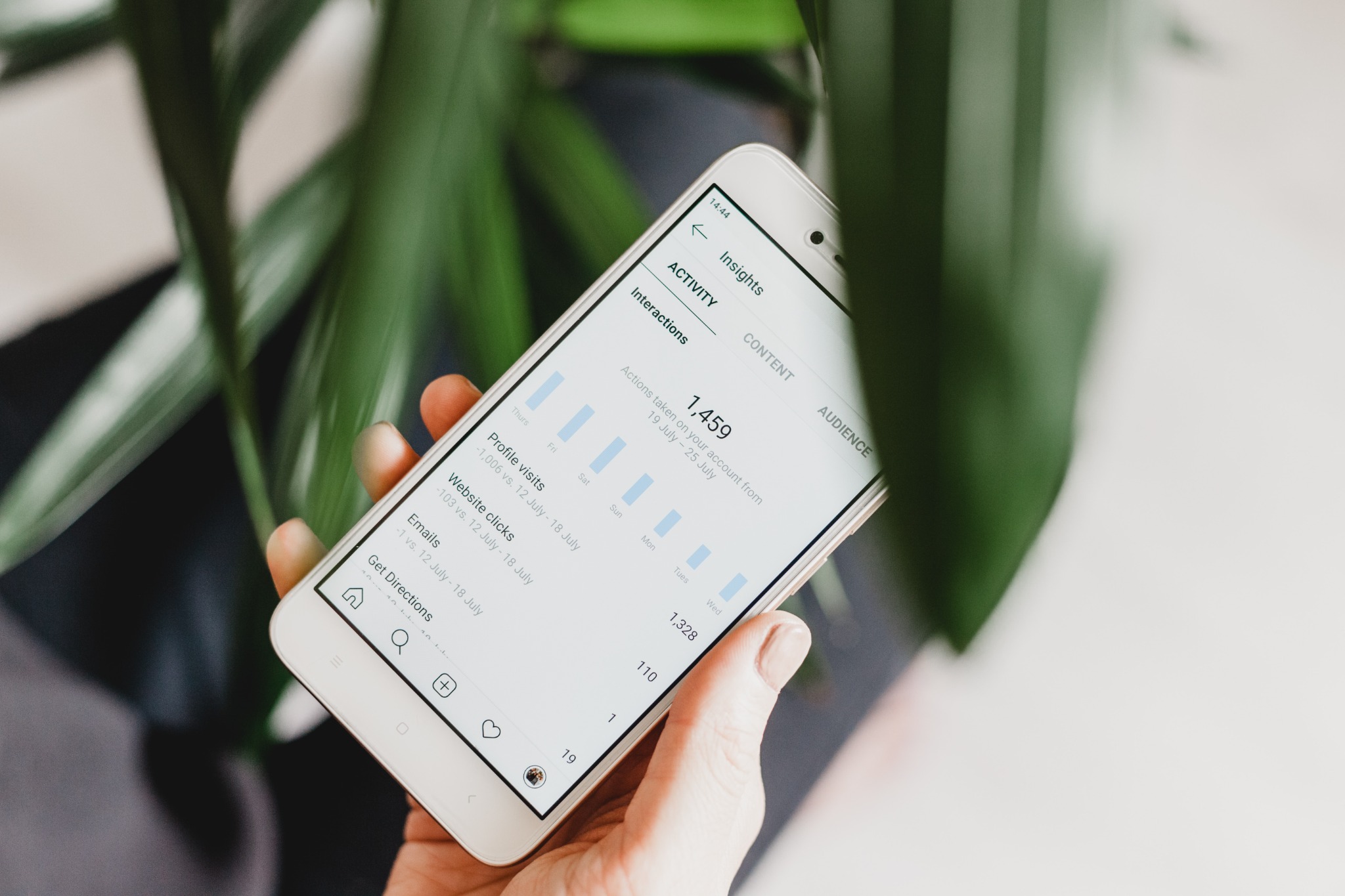
A/B Copy Testing Secrets for Better Results
As a copywriter, you understand the power that words have. The ability to craft engaging and persuasive copy is a valuable skill. But even the most seasoned copywriters can benefit further from one of the most effective marketing tools: A/B testing.
In this article, I'll discuss how A/B testing can help copywriters improve their skills and strengthen the effectiveness of their writing.
Understanding A/B Testing
Before we dive into the details, let's start with the basics. A/B testing, also known as split testing, is a method of comparing two versions of a piece of content, such as an email, social media post or landing page to determine which one performs better. The "A" version is the control, and the "B" version is the variant with one or more elements changed.
A/B testing is not limited to design elements or layout; it can be a game-changer for copywriters too. By experimenting with different versions of your copy, you can gather valuable data on what resonates most with your audience and drives better results.

Photo by Alex Padurariu on Unsplash
Choosing A Variable to Test
The first step in A/B testing for copywriters is to identify the variable you want to test. In copywriting, there are several elements you can experiment with:
- Headlines: The headline is often the first thing readers see. Test different headline variations to see which one grabs their attention the most.
- Body Text: The main body of your copy can be tested for tone, length, and structure. Try variations in language, storytelling, or information presentation.
- Images: If your copy includes images, test different visuals to see which ones resonate with your audience.
- Call to Action (CTA): The CTA is the part of your copy that tells readers what action to take and shouldn't be overlooked. Test different wording, colours, and placement to maximise conversions.

Photo by Georgia de Lotz on Unsplash
Setting Up A/B Tests
Once you've decided on the variable to test, it's time to set up your A/B test. Here's how to do it:
1. Define Your Objective
Clearly outline your goals for the test. What are you trying to achieve? Increased click-through rates, higher conversion rates, or more engagement?
2. Create Variations
Develop two versions of your copy, the control (A) and the variant (B). Ensure that only one variable is different between the two versions.
3. Randomise and Split
Randomly assign your audience to either the A group or the B group. Ensure the groups are comparable in terms of demographics and behaviours.
4. Performance Tracking
Use A/B testing tools or platforms to track the performance of both versions in real time, such as Optimizely.
5. Run the Test
Let the test run for a predetermined period, so it can collect enough data to make statistically noteworthy conclusions.
6. Analyse Results
Once you have sufficient data, analyse the results. Which version performed better? Look at key metrics such as conversion rates, engagement, or click-through rates.
7. Implement Changes
If the variant (B) outperforms the control (A), consider implementing the changes permanently. If not, learn from the test and iterate for future improvements.
Why Should You A/B Test?
In the world of copywriting, the difference between okay copy and memorable copy can have a huge impact on your marketing success. A/B testing is a powerful tool that allows copywriters to fine-tune their messaging, resonate better with their audience, and achieve higher conversion rates.
A/B testing is not a one-time endeavour; it's a continuous process of refinement. As you gather more data and insights, you can make iterative improvements to your copy. Test different variables, learn from the results, and adapt your approach accordingly.
So, what are you waiting for? Run some tests, and watch your copy soar!


0 Comments Add a Comment?